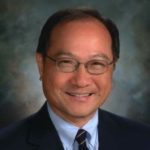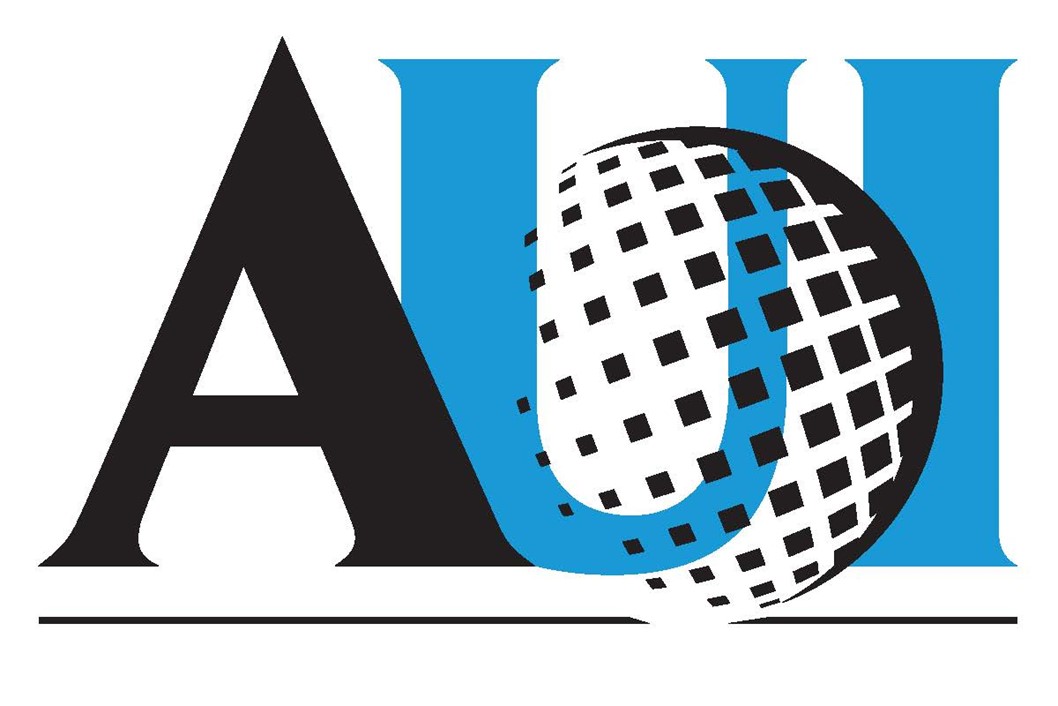The U.S. National Science Foundation National Radio Astronomy Observatory (NSF NRAO), in partnership with several leading Mexican universities and research institutes, has announced a series of landmark agreements and meetings aimed at advancing Mexico’s role in the Next Generation Very Large Array (ngVLA) project.
Recent News
Astronomers Discover a Superheated Star Factory in the Early Universe
Astronomers have uncovered a previously unknown, extreme kind of star factory by taking the temperature of a distant galaxy using the ALMA telescope. The galaxy is glowing intensely in superheated cosmic dust while forming stars 180 times faster than our own Milky Way.
Astronomers Share Largest Molecular Survey To-date: GOTHAM Legacy Data Goes Public
Astronomers in the “GBT Observations of TMC-1: Hunting Aromatic Molecules” research survey, known as GOTHAM, have released a spectral line survey with largest amount of telescope time ever conducted, charting more than 100 molecular species only found in deep space.
In Memoriam: Dr. Fred Lo (Kwok-Yung) 1947-2016

Dr. Fred Lo (Kwok-Yung) 1947-2016
On behalf of AUI and the Board of Trustees
Associated Universities, Incorporated regrets to inform the community that Fred Lo (Kwok-Yung), Distinguished Astronomer and Director Emeritus of the National Radio Astronomy Observatory, passed away last week after a brief illness.
AUI recruited Dr. Lo as Director of NRAO in 2002, and he served as Director during the exciting decade in which the Atacama Large Millimeter/submillimeter Array construction got started, and the Expanded Very Large Array was built and completed. By the time Fred stepped down in 2012, exciting science was emerging from both of these world-leading observatories.
Fred’s passion for radio astronomy continued until the time of his death. We will miss his candor, leadership in the U.S. and international astronomical communities, and his dedication to NRAO. We will miss him as a friend and colleague.
AUI will partner with NRAO in 2017 to honor Fred’s many contributions to astronomy.
![]()
Ethan Schreier, President, AUI
![]()
Roscoe C. Giles, Chair, AUI Board of Trustees
Dr. Tony Beasley, Director, NRAO highlights the life of Dr. Fred Lo
Born in 1947 in Hong Kong, Fred arrived in the United States in 1965 to attend the Massachusetts Institute of Technology, from which he obtained a B.S. and a Ph.D. in Physics in 1969 and 1974, respectively. He joined the California Institute of Technology in 1974 as a Research Fellow in Radio Astronomy, and in 1976, took up a position at the University of California, Berkeley as a Miller Fellow. Two years later, Fred returned to Caltech where he held research and teaching positions until, in 1986, he became a Professor of Astronomy at the University of Illinois at Urbana-Champaign and served as Astronomy Department Chair from 1995 – 1997. Immediately prior to coming to the NRAO, Fred joined the Academia Sinica in Taipei, Taiwan in 1997 as Director of its newly-formed Institute of Astronomy and Astrophysics, and was appointed Professor of Physics at the National Taiwan University in 1998.
Fred was an accomplished radio astronomer and physicist whose research impacted international scientific progress across multiple fields. His interests ranged from mega-masers to star formation, starbursts, the Galactic Center, and cosmology. Fred made the first millimeter-wave interferometric map of carbon dioxide emission from an external galaxy and in 1986, he and Mark Claussen were the first to suggest that luminous water maser emission in external galaxies is circumnuclear, affiliated with active galactic nuclei, and could serve as very high resolution probes of the centers of galaxies. These keen insights led eventually to the Megamaser Cosmology Project that is now accurately measuring the expansion rate of the Universe and that will yield a direct test of the standard cosmological model and meaningfully constrain the nature of dark energy; Fred was one of the driving intellects in the project.
Fred’s vision for radio astronomy and NRAO lie at the center of our plans for the future, and we will greatly miss his guidance and focus on all aspects of astronomy. His force of character and remarkable intellect made him a notable leader in our profession, across many arenas and decades. Many people have commented that like it or not, you knew where you stood with Fred, and you knew what he thought, and why – that was the thoughtful, kind individual I knew for more than 20 years.
Fred’s wife Helen and sons Derek and Jan were with him during the past week, and greatly appreciate our expressions of concern and sorrow. Additional notices are planned for the AAS and IAU news services. Arrangements for Fred’s service will be announced when available, and NRAO will proudly honor his contributions to astronomy at an event held later in 2017.
Throughout his long life and career he touched many lives, and we will miss him.
Recent News
NSF National Radio Astronomy Observatory and Mexican Institutions Sign Historic Agreements to Advance ngVLA Collaboration
The U.S. National Science Foundation National Radio Astronomy Observatory (NSF NRAO), in partnership with several leading Mexican universities and research institutes, has announced a series of landmark agreements and meetings aimed at advancing Mexico’s role in the Next Generation Very Large Array (ngVLA) project.
Astronomers Discover a Superheated Star Factory in the Early Universe
Astronomers have uncovered a previously unknown, extreme kind of star factory by taking the temperature of a distant galaxy using the ALMA telescope. The galaxy is glowing intensely in superheated cosmic dust while forming stars 180 times faster than our own Milky Way.
Astronomers Share Largest Molecular Survey To-date: GOTHAM Legacy Data Goes Public
Astronomers in the “GBT Observations of TMC-1: Hunting Aromatic Molecules” research survey, known as GOTHAM, have released a spectral line survey with largest amount of telescope time ever conducted, charting more than 100 molecular species only found in deep space.


